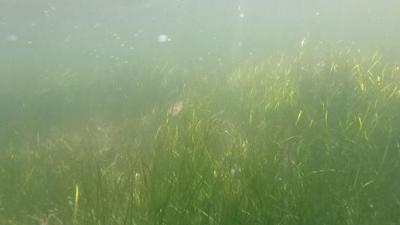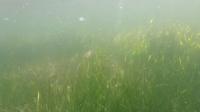CHESAPEAKE BAY- The Chesapeake Bay program reports progress in managing what the organization calls “dead zones”. The organization says dead zones are recurring areas of low oxygen that limit aquatic life.
According to the program, these areas measured near the long-term average for 2024. Dead zones in the Bay typically form in late spring and peak during the summer before dissipating in fall.
This year’s conditions followed forecasts made earlier, with hypoxia peaking unusually early in June before dropping significantly in August due to strong winds from Hurricane Debby. Researchers attribute the near-average dead zone size to nutrient management efforts and natural fluctuations in nitrogen and phosphorus runoff.
While researchers emphasize the progress in reducing nutrient pollution, they warn that continued efforts are necessary to counteract climate change impacts. According to the Chesapeake Bay Program, the Maryland Department of Natural Resources and the Virginia Institute of Marine Science observed variability in hypoxia levels throughout the season, including a significant decline in late summer.
The program says that preliminary data from the U.S. Geological Survey also suggests that nitrogen levels entering the Bay this year were near historic averages, further reinforcing the stability of 2024’s dead zone conditions.







